This near-native hummingbird magnet gets going in June, at the same time as other hummingbird magnets, when they need them most. This is the time when they are nesting and mating, and they are going to need as much energy as possible to raise their young. Of course, hummingbirds don’t just live off nectar – they also feed on small flying insects such as gnats, fruit flies and mosquitos. Yes, mosquitos. It’s really fun to watch them darting around through a cloud of gnats as they pick them out one by one. If you’re working on a hummingbird garden, be sure to include this with all the other Humdingers for Hummers!
Also, be sure to continue pressing your township to put an end to fogging for mosquitoes. If they’re not sold on the idea that it kills other insects – not just mosquitos – they are also depriving hummingbirds from the very protein they need to feed and raise their young. Until you can get them to change their ways, you can create your own fruit fly feeders, by placing a banana peel or few in a bucket that’s open just a peek to allow them to get in and breed, then close it once you have them going. Once a day, open the bucket up for a minute then close it back up again. Refresh your banana peels every now and then to make sure the fruit flies have plenty of food. You can make this a decorative part of your garden, by spray painting your bucket to match the red blooms and setting it in the center of the garden, partially hidden. That way, with the honeysuckle, cardinal flower, beebalm and others all blooming, the hummers will have a smorgasbord in your yard.
Find indian pink in the wild
Indian Pink is an uncommon native wildflower that grows in rich, moist woods and along wooded stream banks in the greater southeastern United States. (Source)
As the quote suggests, you won’t find them in Pennsylvania in the wild. That being said, if you want to see how they look full grown and mature, Jenkins Arboretum has a large patch of them near the green ribbon garden right outside the main building. Go through the gate and follow the main path (service road), and you’ll find them to your left just after passing the walkway to the green ribbon garden. Jenkins Arboretum is free admission and open every day of the week unless otherwise specified (check their website to be sure, but it’s rare they’re closed).
Grow indian pink in your garden
These will grow in full shade to part sun, though in my experience, they do a bit better in part sun to light shade (dappled). They can tolerate more shade than that, however I find slugs to be worse in wet shade, especially during a rainy spring season. While they can bounce back, I find they bounce back better when they are able to photosynthesize more. They have a harder time recovering in shadier conditions.
While they’re adaptable to all manner of soil conditions, aim to amend any poor soils with plenty of organic matter like leaf mold. This will help immensely, especially if your soil tends to dry out. Be sure to mulch with arborist chips and/or leaf mulch which will reduce evaporation and will continue to contribute organic matter (i.e natural fertilizer) to the soil over time.
They go ballistic
Indian pink has ballistic seeds – as they ripen and begin to dry, they will explode, shooting out of their shells. It’s really fun when you’re collecting seeds and have them in a paper bag – they’ll fire off like popcorn. For this reason this is also added to my MagiK Picks category Dynamite Plants. The plants in my nursery are seed grown this year (2025), so they’re small and won’t bloom this year. Hopefully next year with proper care you’ll see your first blooms.
Toxic to humans
Not the worst as far as toxic plants, however the alkaloid spigiline if consumed can cause vomiting, convulsions, twitching, and make one’s vision go dim. As Paracelsus once pointed out, nothing is poison, everything is poison, what matters is the dose (something along those lines). This plant is also utilized as a medicinal to treat heart conditions and as a dewormer. I don’t recommend anyone try it themselves – it’s better to be treated by a medical professional, especially for something so serious like heart disease or intestinal parasites. So while it is in my category Aqua Tofana for the mild toxicity, I won’t be adding this to the Apothecary category. Enjoy its flowers and leave it for the hummers.

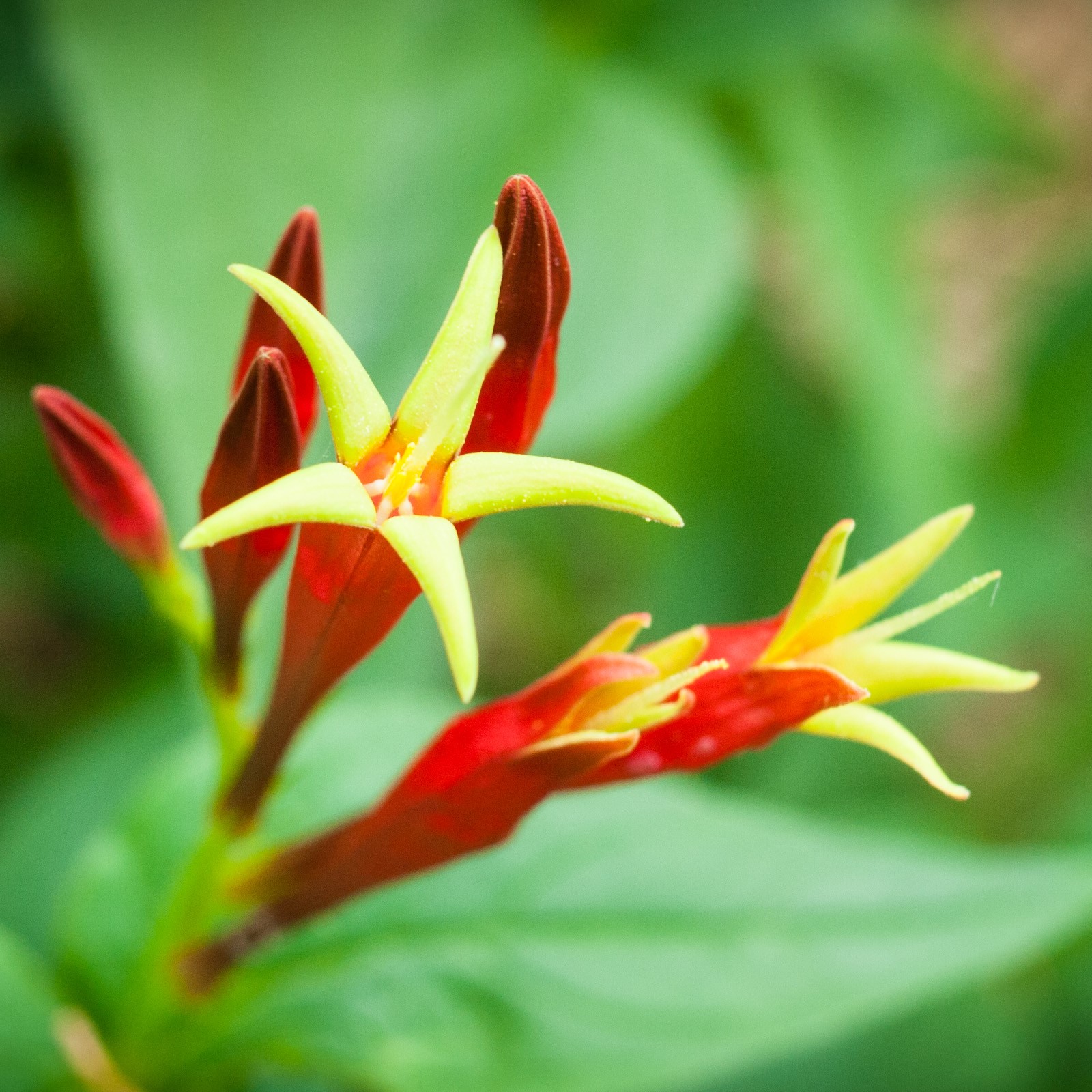
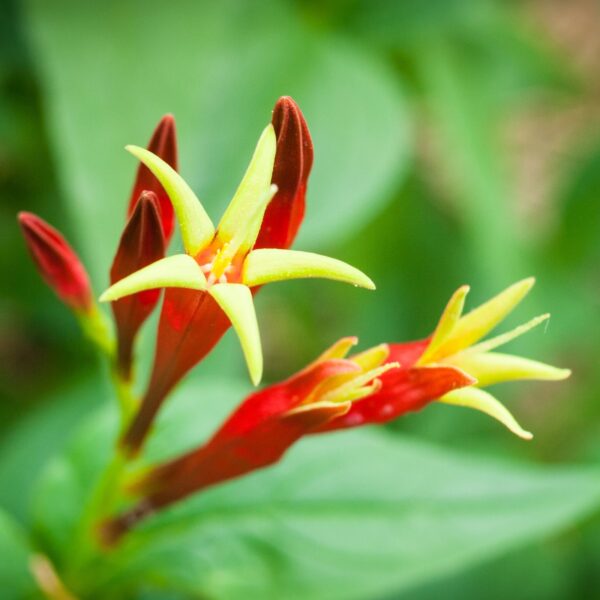

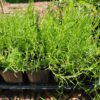


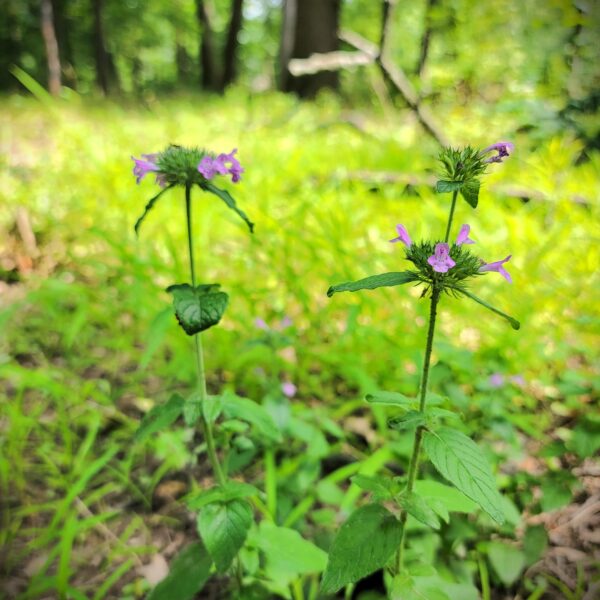
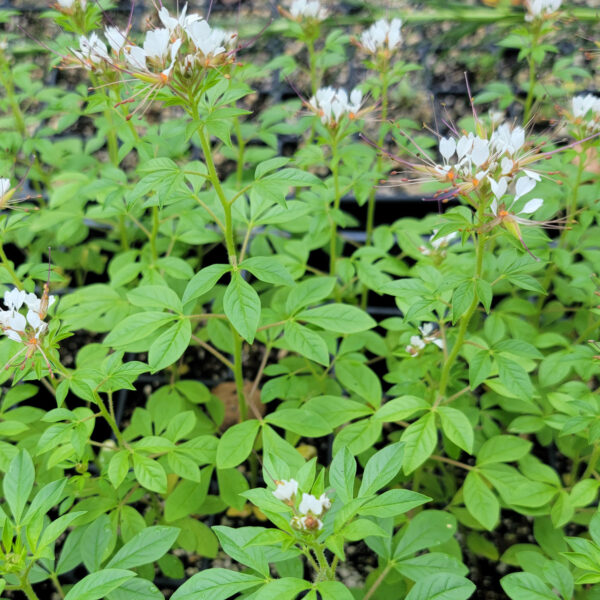
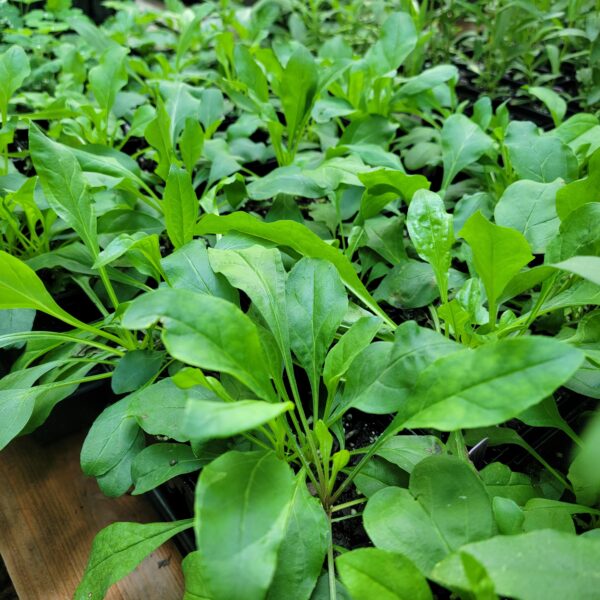



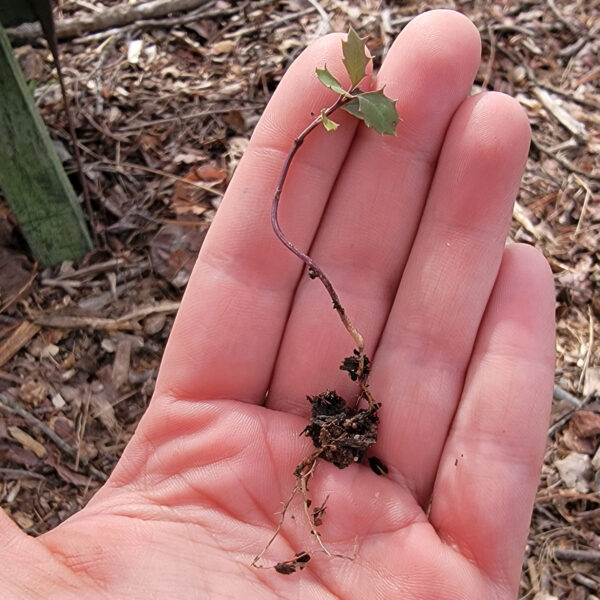





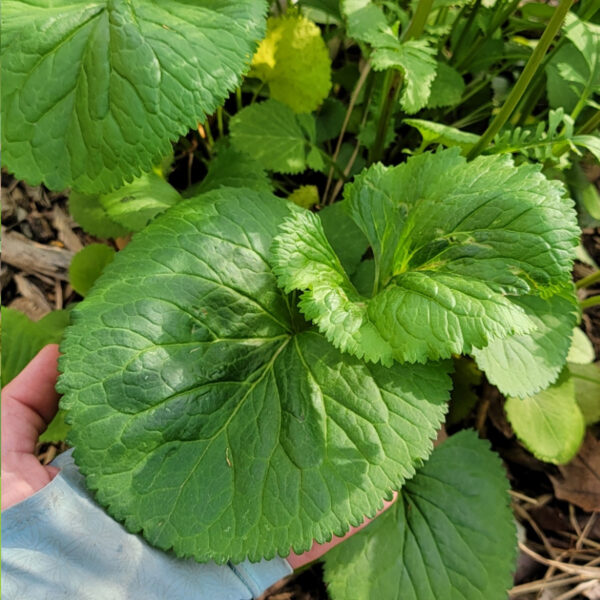



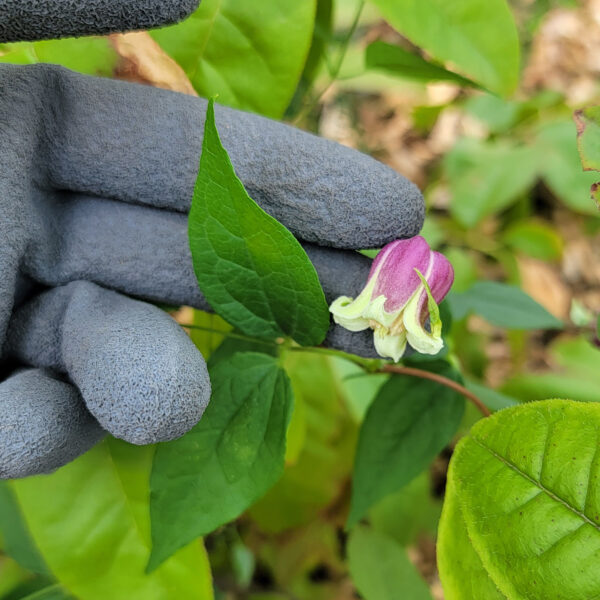
Reviews
There are no reviews yet.